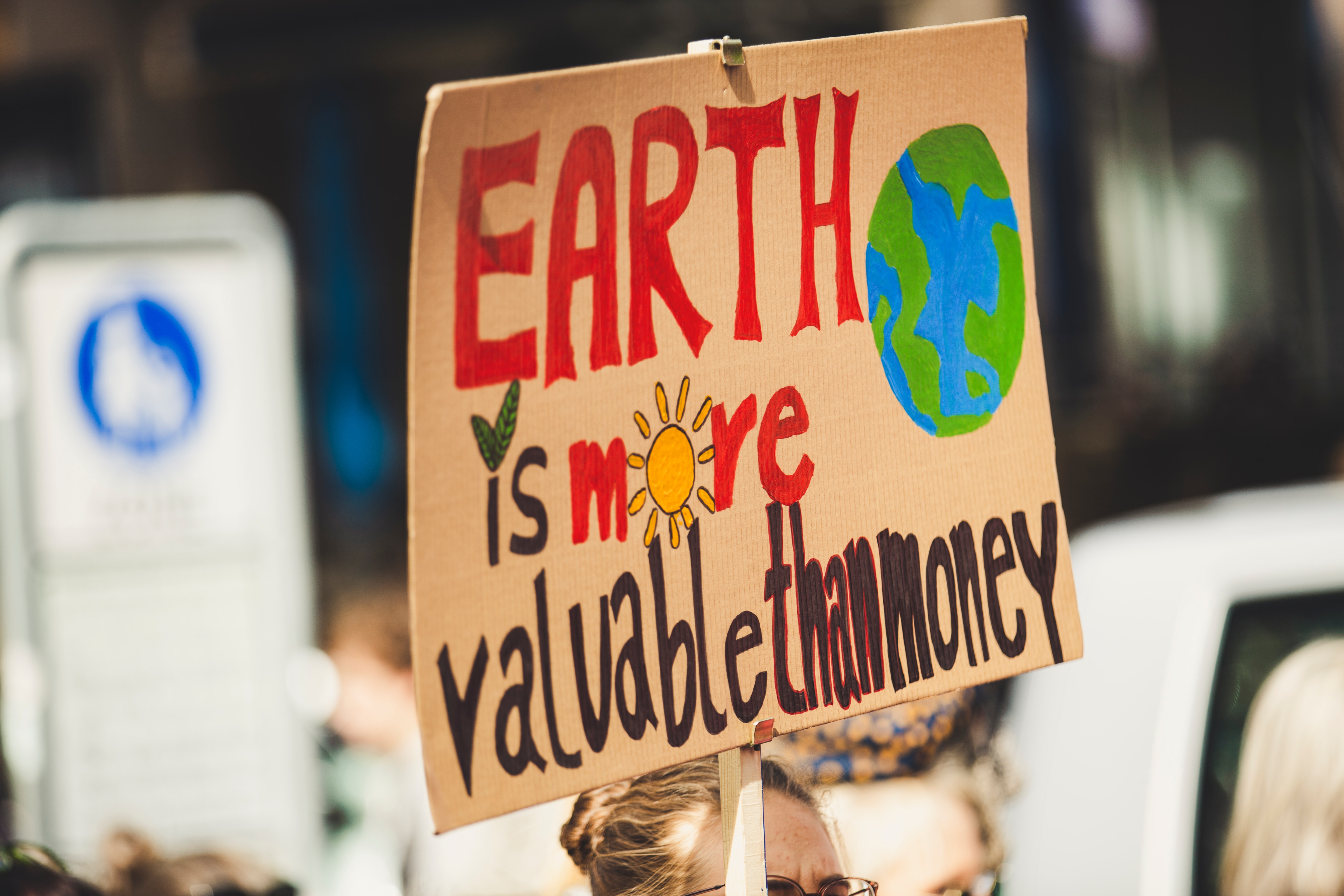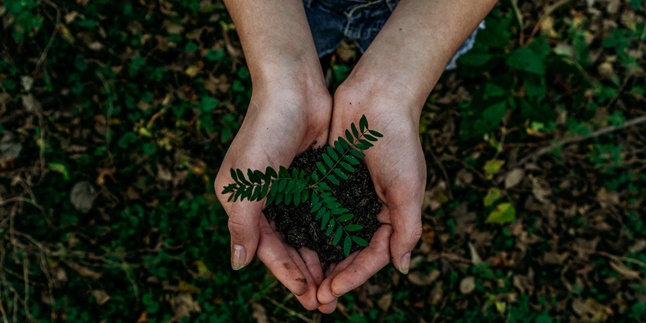Kapanlagi.com - Maybe you have often heard the slogan that says that the forest is the lungs of the world, that is true. Therefore, humans should be concerned about the condition of the forest. At least start trying to understand the meaning of reforestation and apply it in life.
You need to pay attention to knowledge about the meaning of reforestation, goals, and types of plants that are good for the forest. This will make it easier for you to practice in the field.
Therefore, you need to pay attention to the following information. Containing an explanation of the meaning of reforestation, goals, and types of plants, this information will be useful for you.
1. Meaning of Reforestation

Illustration (Credit: Unsplash)
Forests play an important role in life. The benefits of forests include being a source of oxygen, storing water reserves, as well as preventing floods and landslides. Not only that, forests also have practical benefits such as forest products and natural medicines.
According to data from the Ministry of Environment and Forestry (KLHK), deforestation (forest logging) in Indonesia during the period of 2019-2020 decreased by 75 percent or 115.5 thousand hectares. This can be considered an achievement because KLHK's efforts have shown significant results. Unfortunately, this figure cannot be used as an excuse for the government or society to turn a blind eye to the current condition of the forests. Deforested forests still require reforestation.
The meaning of reforestation itself can be understood as an effort to restore the condition of deforested forests. According to the Indonesian Dictionary (KBBI), the meaning of reforestation is the replanting of forests that have been cut down. In order to reap the benefits, humans need to restore the green condition of the forests. In this case, sustainable concern and planning are needed.
Meanwhile, the meaning of reforestation according to RI Government Regulation No. 35 of 2002 is the effort to plant forest tree species on damaged forest areas that are in the form of empty land, weeds or shrubs to restore forest functions. Although sometimes considered the same, this step is actually different from afforestation.
The definition of afforestation is the effort to restore critical land outside the forest area vegetatively and technically to restore land functions. If afforestation is carried out on critical land outside the forest area to improve its function, reforestation is carried out on degraded land in the forest area by replanting.
2. Benefits of Reforestation

Illustration (Credit: Unsplash)
Not only knowing the benefits of forests and the meaning of reforestation, humans also need to know the benefits of reforestation itself. This knowledge is necessary so that concern for nature, which has provided many benefits for humans, continues to increase. Therefore, the following is an explanation of the benefits of reforestation that you can learn.
- Improving the Quality of River Basin Areas
In highly degraded areas such as river basins, reforestation is an important effort to undertake. This is beneficial for stopping soil erosion and preventing floods and landslides.
- Improving Forest Resilience
Reforestation with appropriate species planting can improve forest resilience. This can also be considered as preparation for facing future challenges such as climate change and wildfires.
- Preserving Habitat
Forests store a variety of habitats for animals and plants. Conducting reforestation means preserving the biodiversity possessed by nature.
- Improving Air Quality
Once again, forests are the lungs of the world. Trees that grow in them are useful for removing air pollutants. Reforestation will directly affect the provision of quality oxygen for humans.
- Climate Mitigation
Reforestation is very beneficial for climate mitigation. Forests will absorb pollution and dust from the air, rebuild natural habitats and ecosystems, and reduce global warming through atmospheric carbon biosequestration. This will reduce the effects of global climate change.
3. Plants for Reforestation

Illustration (Credit: Unsplash)
After understanding the meaning and benefits of reforestation, now you need to pay attention to the characteristics of plants that are suitable to be chosen. Here is information about it for you to learn.
- Able to grow in open places under full sunlight.
- Able to compete with weeds and other grasses. Therefore, you need to choose fast-growing, tall, and aggressive tree species.
- Easily sprouts again, if burned or pruned/cut.
- Suitable for dry and nutrient-poor soil conditions, and drought-resistant.
- Seeds or vegetative parts for breeding are easily obtained and stored.
Based on the characteristics above, examples of trees that you can plant include Ficus Benjamina (Banyan), Pinus Merkusii, Lagerstromia sp, and Tectona Grandis. Meanwhile, for reforestation in mangrove forests, you can choose Rhizophora Mucronata and Avicennia Marina (White Mangrove).
Well, KLovers, that is an explanation of the meaning and benefits of reforestation and the types of plants that are suitable to be chosen. With this information, you can start the movement of re-planting as an effort to preserve nature.
(kpl/gen/ans)
Disclaimer: This translation from Bahasa Indonesia to English has been generated by Artificial Intelligence.















